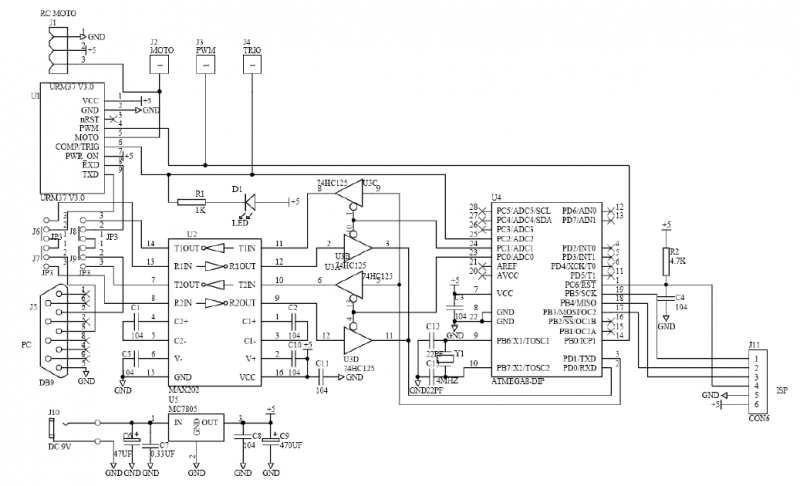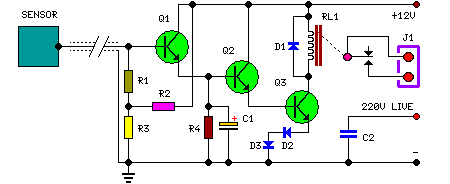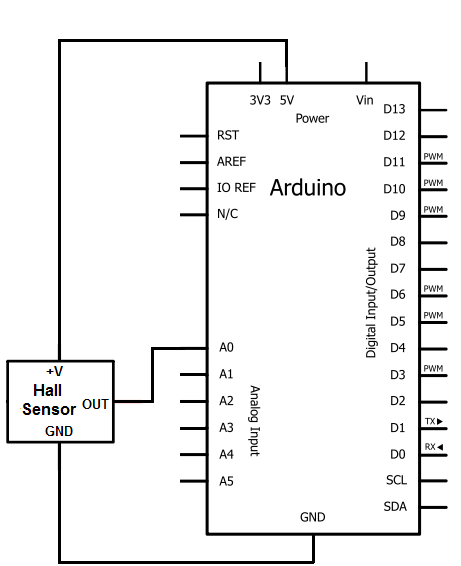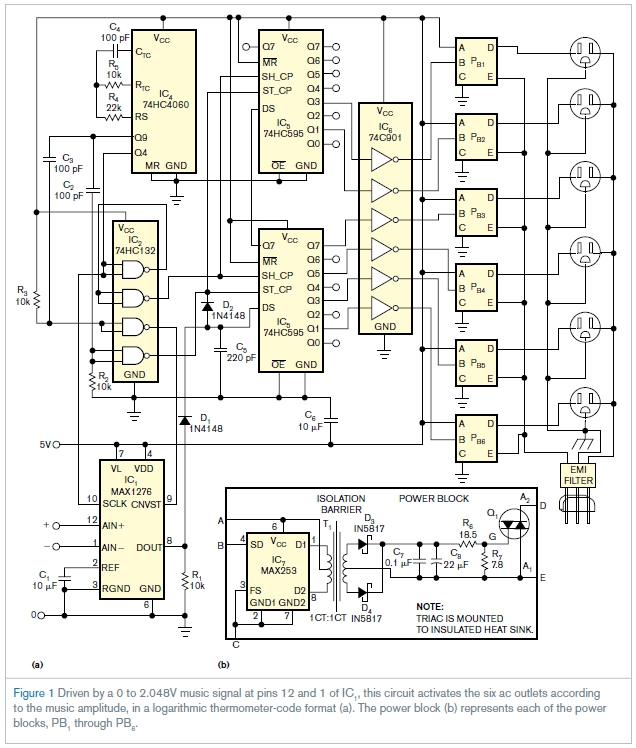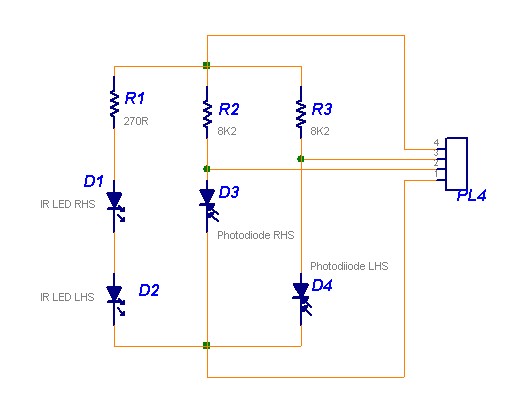
Vibration SensorCircuit Sensor
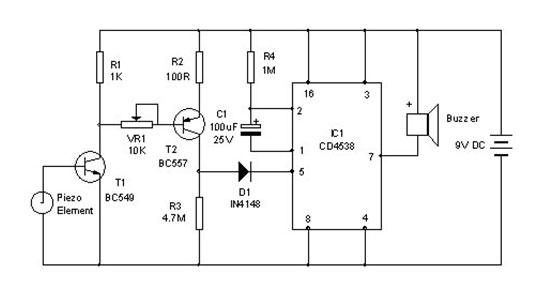
A vibration sensor or piezoelectric vibration sensor circuit diagram. It emits a loud beep when an attempt is made to break a door or window. The alarm automatically ceases after three minutes. The circuit utilizes a piezo element as the vibration sensor.
The piezoelectric vibration sensor circuit operates on the principle of converting mechanical vibrations into electrical signals. In this circuit, the piezo element serves as the primary sensing component, detecting vibrations caused by external forces, such as an attempted break-in. When a significant vibration is detected, the piezo element generates a voltage signal that triggers a sound-producing device, typically a buzzer or speaker, creating a loud beep to alert nearby individuals.
The circuit design includes additional components to ensure functionality and reliability. A resistor may be used in series with the piezo element to limit the current and protect the sensor from damage due to excessive voltage. A capacitor could also be included to filter noise and stabilize the output signal, ensuring that only significant vibrations activate the alarm.
To manage the alarm duration, a timing circuit is integrated. This can be achieved using a resistor-capacitor (RC) timing circuit or a microcontroller that monitors the duration of the alarm signal. After three minutes, the circuit automatically deactivates the alarm, conserving battery life and preventing unnecessary disturbances.
Power supply considerations are crucial for the design. The circuit may utilize a battery or an external power source, with appropriate voltage regulation to ensure consistent operation. Additionally, a diode may be included to prevent reverse polarity connections, protecting the circuit from potential damage.
Overall, this piezoelectric vibration sensor circuit is an effective solution for security applications, providing a simple yet reliable method to detect unauthorized access through vibrations on doors and windows.Vibration Sensor or Piezoelectric Vibration Sensor Circuit Diagram. It generates a loud beep when somebody tries to break the door or window. The alarm stops automatically after three minutes. The circuit uses a piezo element as the vibration sensor 🔗 External reference
The piezoelectric vibration sensor circuit operates on the principle of converting mechanical vibrations into electrical signals. In this circuit, the piezo element serves as the primary sensing component, detecting vibrations caused by external forces, such as an attempted break-in. When a significant vibration is detected, the piezo element generates a voltage signal that triggers a sound-producing device, typically a buzzer or speaker, creating a loud beep to alert nearby individuals.
The circuit design includes additional components to ensure functionality and reliability. A resistor may be used in series with the piezo element to limit the current and protect the sensor from damage due to excessive voltage. A capacitor could also be included to filter noise and stabilize the output signal, ensuring that only significant vibrations activate the alarm.
To manage the alarm duration, a timing circuit is integrated. This can be achieved using a resistor-capacitor (RC) timing circuit or a microcontroller that monitors the duration of the alarm signal. After three minutes, the circuit automatically deactivates the alarm, conserving battery life and preventing unnecessary disturbances.
Power supply considerations are crucial for the design. The circuit may utilize a battery or an external power source, with appropriate voltage regulation to ensure consistent operation. Additionally, a diode may be included to prevent reverse polarity connections, protecting the circuit from potential damage.
Overall, this piezoelectric vibration sensor circuit is an effective solution for security applications, providing a simple yet reliable method to detect unauthorized access through vibrations on doors and windows.Vibration Sensor or Piezoelectric Vibration Sensor Circuit Diagram. It generates a loud beep when somebody tries to break the door or window. The alarm stops automatically after three minutes. The circuit uses a piezo element as the vibration sensor 🔗 External reference
